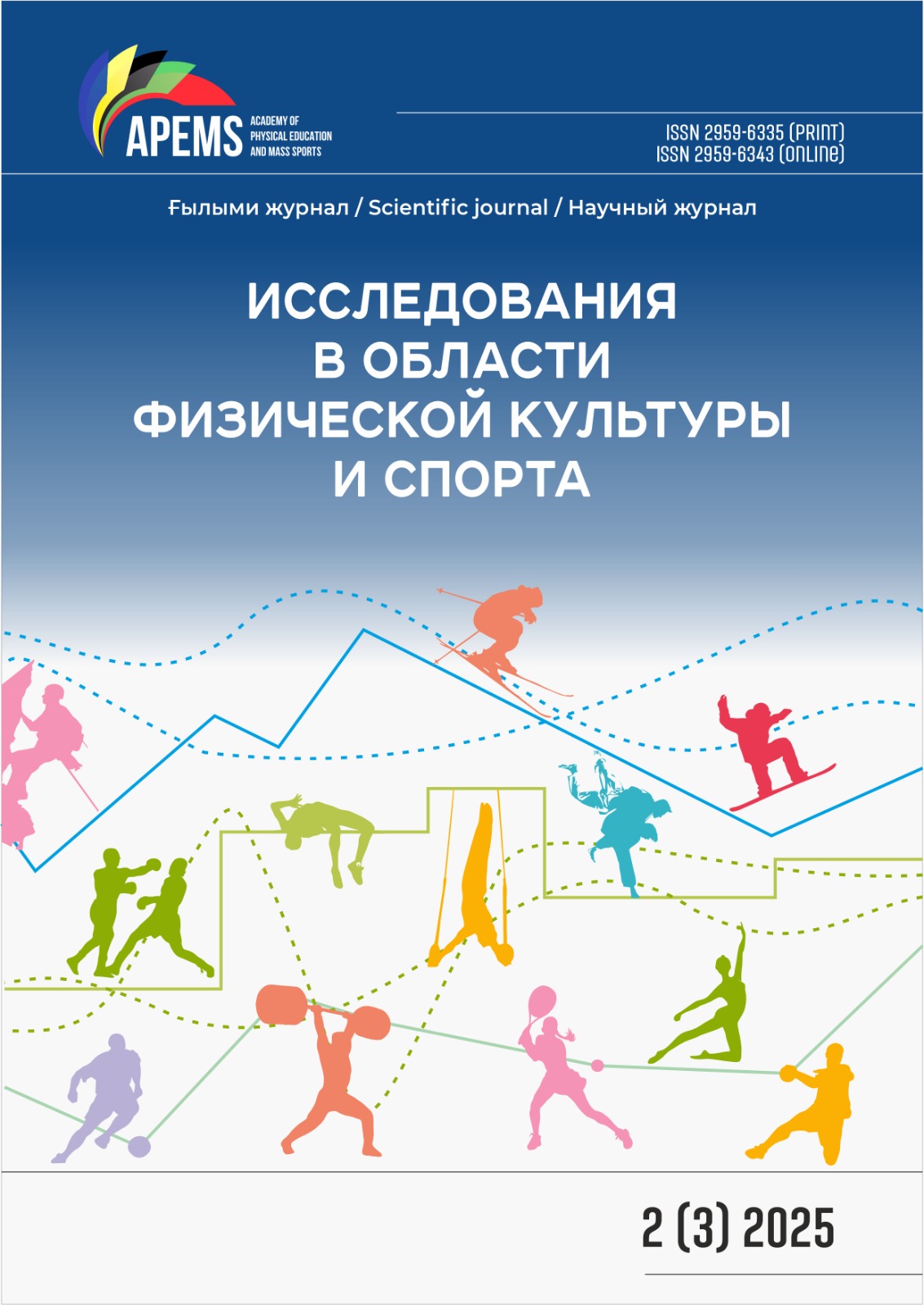A MODEL FOR TRAINING HIGHLY QUALIFIED KAYAK AND CANOE ROWERS IN A MACROCYCLE
DOI:
https://doi.org/10.62931/2959-6335_2025_2_32Keywords:
rowing, training model,, macrocycle, methodological approaches, training processAbstract
The article examines the fundamentals of planning the training process for highly qualified kayak and canoe rowers within a macrocycle. It presents a description of a model developed by the authors for preparing elite athletes engaged in kayaking and canoeing throughout the training macrocycle. Based on the analysis of scientific and methodological literature, as well as internet sources, and through the generalization of pedagogical experience, the article identifies key factors that highlight the importance of an integrated approach to planning athletic training in rowing sports. These include performance optimization and overcoming performance plateaus, which often occur in sports when progress in physical and technical indicators—and overall athletic results—stagnates despite continued training efforts. The synthesis of this data formed the foundation for developing a model for training highly qualified kayak and canoe athletes within an annual cycle of training and competition. This model takes into account aspects of physical, technical-tactical, and psychological preparation, distributed according to the periods and stages of the training-competitive process.






